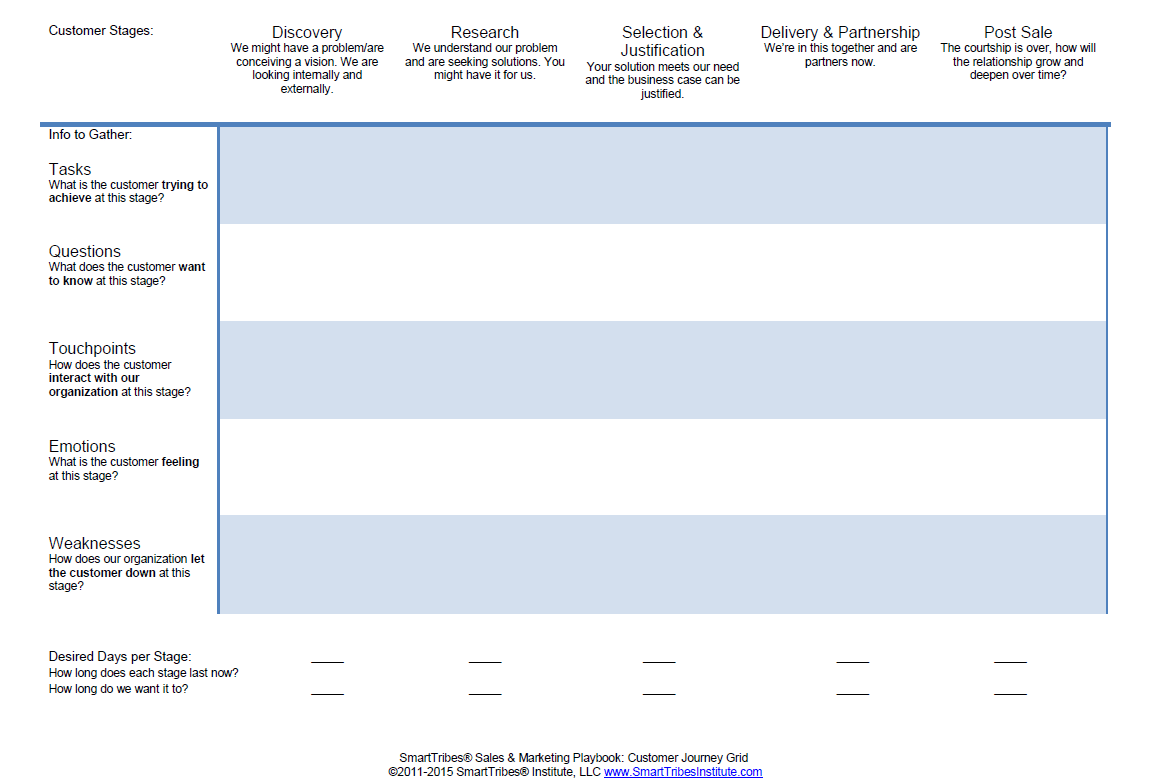
*As originally seen on Forbes.com
We’re hearing a lot about psychological safety, narcissism and subconscious bias in the workplace lately. But what’s beneath many of these challenges is BPD—Borderline Personality Disorder—a topic many tread lightly around.
Why?
Because unlike anxiety, depression, bipolar or other diagnoses, borderline isn’t easily treatable or curable. And very few people are actually diagnosed with this very difficult condition as “true” borderlines. True borderlines require navigation and survival strategies. So grab your galoshes, because we’re going in, friends.
We’re all a little bit borderline, so bear this in mind when you read the below. Here’s what BPD is, and how it’s part of your work and life and what to do about it.

What Is Borderline?
The Diagnostic and Statistical Method of Mental Disorders has a long list of criteria. Here are the ones you’ll most likely see in the workplace:
- Frantic efforts to avoid real or imagined abandonment
- A pattern of unstable and intense relationships
- Unstable self-image or sense of self
- Intense moodiness, rapid mood changes
- Inappropriate, intense anger
- Stress-induced paranoid thoughts or dissociative symptoms (loses touch with reality)
Heck, we all know someone that fits that criteria.
So what causes it? According to Christine Ann Lawson’s awesome work people suffering from BPD have suffered one or more of the following traumas in their past:
- Inadequate emotional support following parental abandonment (through death or divorce)
- Parental abuse, emotional neglect or chronic denigration
- Being labeled as the “no good” child by a borderline mother
When a child suffers one of the above their ability to attach in a healthy way is damaged. Then we’ll see anxiety, avoidance, ambivalence/resistance, or disorganization in their experience of attaching to others.
We’re All A Little Bit Borderline
Per Lawson, there are four types of borderline personalities:
1. The Waif: This person is helpless, sad, lonely and feels like a victim. They are trying to get others to give them sympathy and care-giving. They can be socially engaging then turn on you, seek help then reject it, and gives away, loses or destroys good things. Their mantra is “life is way too hard.” When you have a Waif in the office they’ll be emotionally exhausting and frustrating to be around.
2. The Hermit: This person lives in fear of threat and persecution from a dangerous world. They are trying to get others to share their anxiety and need for protection. They are a perfectionist and worrier, and if you misstep they’ll shut you out. Their mantra is “life is too dangerous.” When you have a Hermit in the workplace you’ll want to follow in their path, clearing up the fear they are spreading.
3. The Queen/King: This person feels empty, deprived, angry, and has an insatiable longing that cannot be fulfilled. They’re demanding, flamboyant, intimidating and feel entitled to invade the boundaries of others. They can appear all-powerful provided no one questions them. They want others to comply. Period. Their mantra is “Life is all about me, and should be even more about me. I am important and you are not.” A Queen/King in the office is tough–they’ll make others feel inferior and dismissed.
4. The Witch/Warlock: This person feels self-hatred and conviction that they are evil. They need power and control over others for basic self-esteem. The more fear and submission they can get from others, the more self-importance they derive. They are domineering, you’ll see them rage and violate the boundaries of others. Hostility masks their fear. Their mantra is “Life is war.” The Witch/Warlock is often the trickiest as they’re just plan dark and emotionally volatile.
By now I’ll bet you’ve seen some of the above qualities in many people you know—including yourself. Here’s a quick quiz, followed by a secret decoder.
Borderline Quiz
Check off any of the below statements that seem familiar, coming from your boss or other key people in your workplace. And if you say or think these things, put an X mark by it. Then you can reflect on where you learned this behavior!

Borderline Quiz Secret Decoder
Here’s the Secret Decoder System for the above quiz. Check out which Borderline types are most prevalent in your work and life. Then in my next blog we’ll cover how to survive and even thrive when interacting with these tricky types!

I hope taking the above test will help you see how common, and how challenging these behaviors are. It’s key to approach these scenarios with compassion, kindness, and yes, caution. Now let’s dive into coping strategies for this complex situation.
Who’s On First?
There’s the borderline Primary (they’re “pitching”) and the borderline Secondary (they’re “catching”). In families parents usually are Primary and kids are Secondary. At work the roles aren’t always as clear. I’ve seen Primary borderline behavior in direct reports, which I’ve then been the Secondary to, and I’ve also been the Primary. You have too.
Who has borderline behavior in your life? Do you slide into the Secondary role and get swept up in their drama? When are you the Primary?
The tricky part about Primary borderline behavior is the stance of perpetual innocence. And their need to win no matter what—even at the risk of damaging relationships. That’s the system you’re working in when you play on this field. Borderlines will also try to “recruit” you to play with them, to try to push your buttons and make you angry, to get you to sympathize and take sides, even to try to get you to fire them in extreme cases. Be cautious here.
Three Survival Strategies
Here’s the bad news: The Primary will always perceive themselves as innocent. Here’s the good news: As the Secondary you have a lot more flexibility in your behavior, meaning you get to choose (yay!) what you’re willing to be guilty of.
1. Choose Your Realm Of Guilt
Wait a sec! Guilty?
Yep. Sorry. There’s no way to win in this system, all you can do is choose your realm of guilt. To survive, and ultimately thrive with a borderline Primary (if you can’t quit or get transferred to another department) you’ll likely be guilty of many things. Key is to retain your sense of self-respect and integrity:
Here are some examples of what you’ll be “guilty” of to survive in borderline behavior scenarios:
- Standing up for yourself
- Having healthy boundaries
- Not responding fast enough: pausing and saying you need time to think (if you continually do not give the Primary borderline immediate gratification they will find someone else who will! Yay!)
- Giving in (you may need to do this—be kind to yourself—it’s an un-win-able situation)
- Disengaging (if they are raging this is your only option—let them wear themselves out)
- Find a way for them to get rid of you while maintaining your integrity (and hopefully getting a nice severance package)
Make sense? It might not. We aren’t dealing with a logical mind here. Borderlines don’t live in logic.
2. Navigate Their Challenges
This choice I’m not so wild about. You choose to play the game as it’s how you’ll live to see another day. Just be true to yourself in the process and know it’s just that—a game.
Examples:

3. Be Curious
This is like the Anthropologist stance that I described a while ago. You are fascinated by the person’s behavior and want to understand what it’s like to be them. Two cautions though—first, close your navel center (area around your belly button) as this is where energetic attack is aimed. Second, open your heart, as borderlines need compassion. Then you can ask 1 of 2 questions (or both):
How may I serve you?
How may I give you a better experience of me?
Matt Kahn taught me both of these. In either case the borderline will likely tell you all the ways you need to change for their life to work. This is when you can kindly say something like “thank you for your feedback” and leave. The list they gave you is what they want to change in themselves. You’ve just experienced a projection. Send them love and step away. They’ll get help if/when they want to, but often they don’t want to because for the Primary borderline everyone “is messed up” but them. This is the greatest tragedy.
It’s key to remember with compassion that all borderline behavior is an unworkable attempt to manage loss and damage related to love, safety, belonging and mattering. That’s why true borderlines are not capable of deep long-term relationships and cannot be present during intense emotion.
We’re all a little bit borderline—we all have tricky behavior at times. Key is to catch it, navigate it, survive and ultimately thrive.





